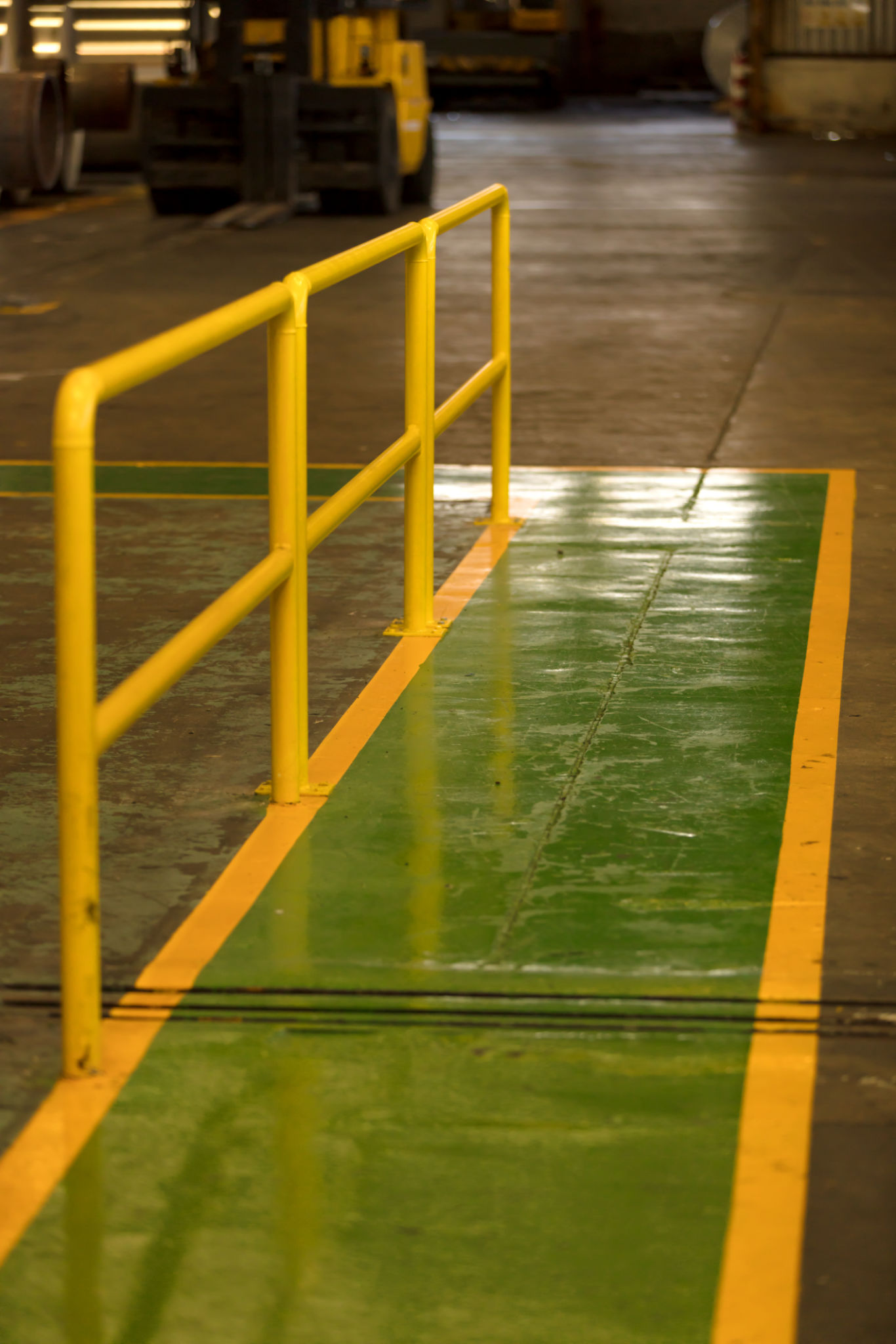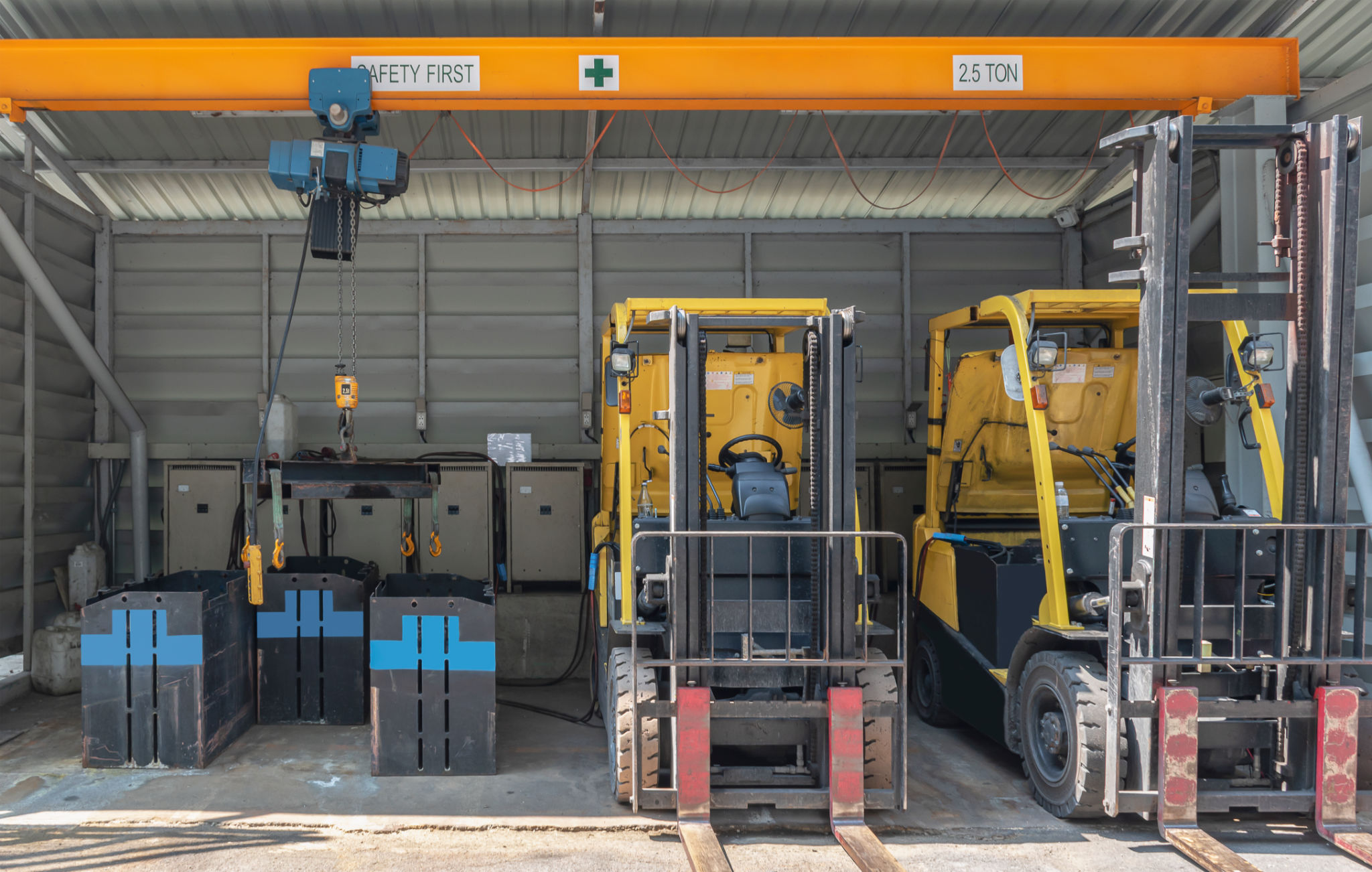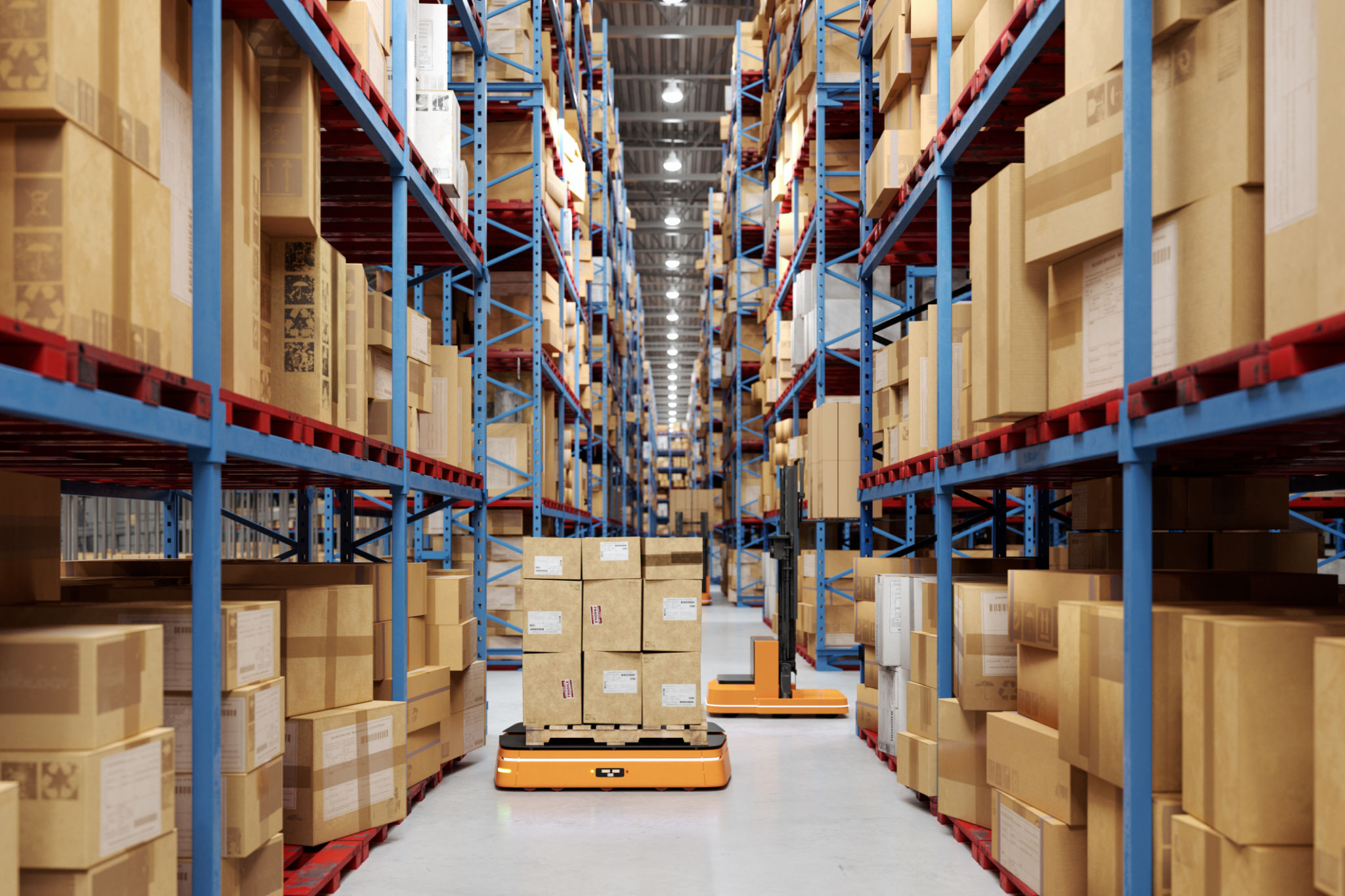How to Optimize Your Warehouse with Pedestrian and Lithium Forklifts
Introduction to Warehouse Optimization
Optimizing your warehouse operations is crucial for enhancing efficiency and reducing costs. With the right equipment, such as pedestrian and lithium forklifts, you can significantly improve your workflow. These forklifts offer flexibility, power, and sustainability, making them an excellent choice for modern warehouses.
In this blog post, we'll explore how you can optimize your warehouse using these forklifts. From understanding their benefits to implementing them effectively, we'll cover all the essential aspects.

Benefits of Pedestrian Forklifts
Pedestrian forklifts are compact and maneuverable, making them ideal for tight spaces. They are designed to be operated by a walking operator, allowing for precise control and easy navigation through narrow aisles.
Some key advantages of pedestrian forklifts include:
- Cost-effectiveness: They are generally less expensive than larger vehicles.
- Energy efficiency: These forklifts consume less power, contributing to lower operational costs.
- Safety: With a walking operator, there's greater visibility and control, reducing the risk of accidents.

Advantages of Lithium Forklifts
Lithium forklifts are gaining popularity due to their advanced technology and environmental benefits. They use lithium-ion batteries, which are known for their long lifespan and quick charging capabilities.
Here are some benefits of lithium forklifts:
- Longer battery life: They can last up to three times longer than traditional lead-acid batteries.
- Quick charging: Lithium batteries can be charged rapidly, reducing downtime.
- Environmental impact: These batteries are more eco-friendly, emitting fewer pollutants.

Implementing Forklifts in Your Warehouse
Integrating pedestrian and lithium forklifts into your warehouse requires careful planning. Start by assessing your warehouse layout and identifying areas where these forklifts can enhance productivity. Consider the size of your aisles, the weight of the loads, and your overall workflow.
Next, train your staff to operate these forklifts safely and efficiently. Ensure that they understand the unique features and controls of each type of forklift. Regular maintenance checks should also be a part of your implementation strategy to keep the equipment in optimal condition.
Maximizing Efficiency with Technology
Leveraging technology can further enhance the efficiency of your forklifts. Integrate fleet management software to monitor usage, track maintenance schedules, and analyze performance data. This will help you make informed decisions and optimize your operations.
Additionally, consider using automation tools to streamline tasks and reduce manual labor. Automated systems can work in conjunction with forklifts to handle repetitive tasks, freeing up your workforce for more complex activities.

Conclusion
Optimizing your warehouse with pedestrian and lithium forklifts can lead to significant improvements in efficiency and cost reduction. By understanding their benefits and implementing them effectively, you can create a more streamlined and productive warehouse environment.
Invest in the right equipment and technology, train your staff, and regularly assess your operations to ensure continuous improvement. With these strategies, you'll be well on your way to achieving optimal warehouse efficiency.
